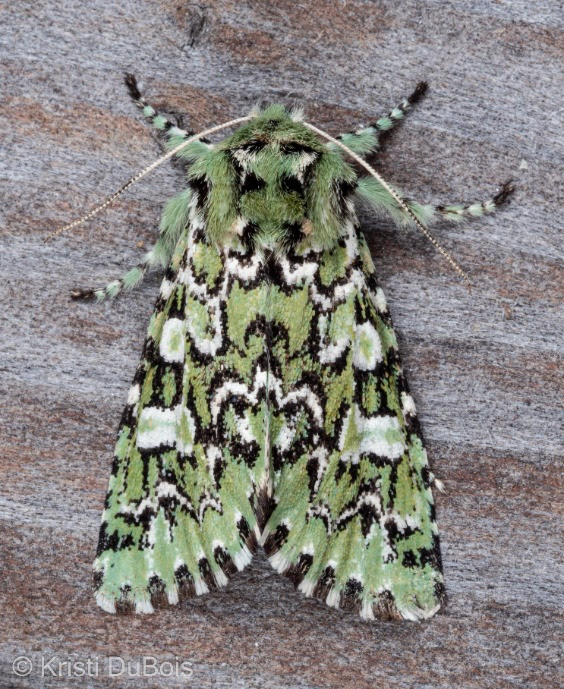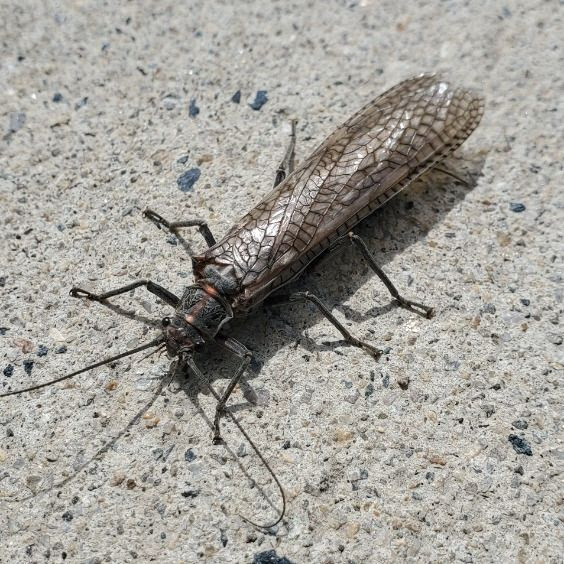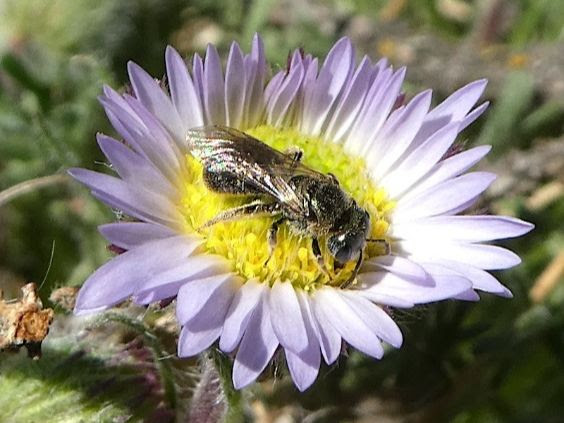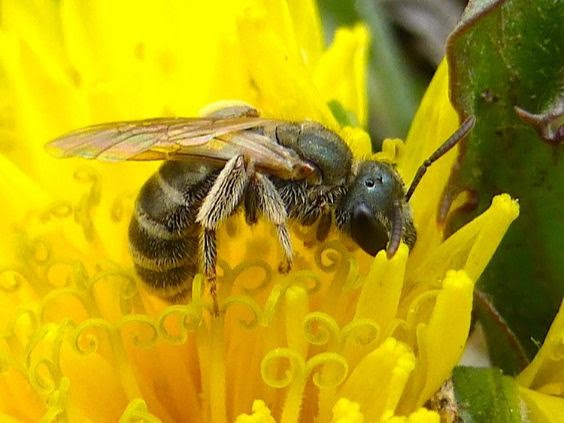These elegant-looking moths can be found coast-to-coast in the US and southern Canada, but tend to be rare in the southeastern states. The caterpillars feed on poplar, willow, and aspen […]
Read MoreWhat’s Buzzin’
What can you see around Western Montana right now?
The Joker (Feralia jocosa)
After developing in a pupa prior to winter, these green beauties are now on the wing (from March to June). Not always green, they will turn dark yellow when exposed […]
Read MoreGiant Water Bug (Lethocerus americanus)
At up to about 3 inches in length, they truly are giant. They are commonly called “toe biters,” because as a type of true bug (piercing / sucking mouthparts) they […]
Read MorePine Needle Weevil (Pachyrhinus elegans)
The Pine Needle Weevil is a type of broad-nosed weevil, like the beetle featured at the beginning of the report. This little guy (less than ¼ inch) ranges across the […]
Read MoreGiant Salmonfly (Pteronarcys californica)
With bright orange coloration behind the head and underneath the abdomen, this species of giant stonefly can grow up to 3 inches in length.They are weak, uncoordinated-looking flyers—looking like they […]
Read MoreMining Bee, male (genus Andrena)
Andrenas are commonly referred to as “mining bees,” because they construct underground nests. If you scour the ground along park trails, you may spy the holes of Andrena nests, usually […]
Read MoreWestern Encephalitis Mosquito, female (Culex tarsalis)
We appreciate Kristi’s willingness to photograph an insect that typically receives a different sort of greeting. Adults are really quite elegant, with many species covered in iridescent scales and males […]
Read MoreMason Bee (genus Osmia)
There are about 150 species of mason bees in North America. They tend to be metallic green, blue-black, or blue-green in color and have beefy little bodies. Most species are […]
Read MoreBlue Orchard Mason Bee, male (Osmia lignaria)
There are about 150 species of mason bees in North America. They tend to be metallic green, blue-black, or blue-green in color and have beefy little bodies. Most species are […]
Read MoreSweat Bee (family Halictidae)
Some species of sweat bees are attracted to our sweat, alighting on our skin and lapping it up for moisture and salt. They sometimes sting if disturbed, though the sting is not very painful. […]
Read More








